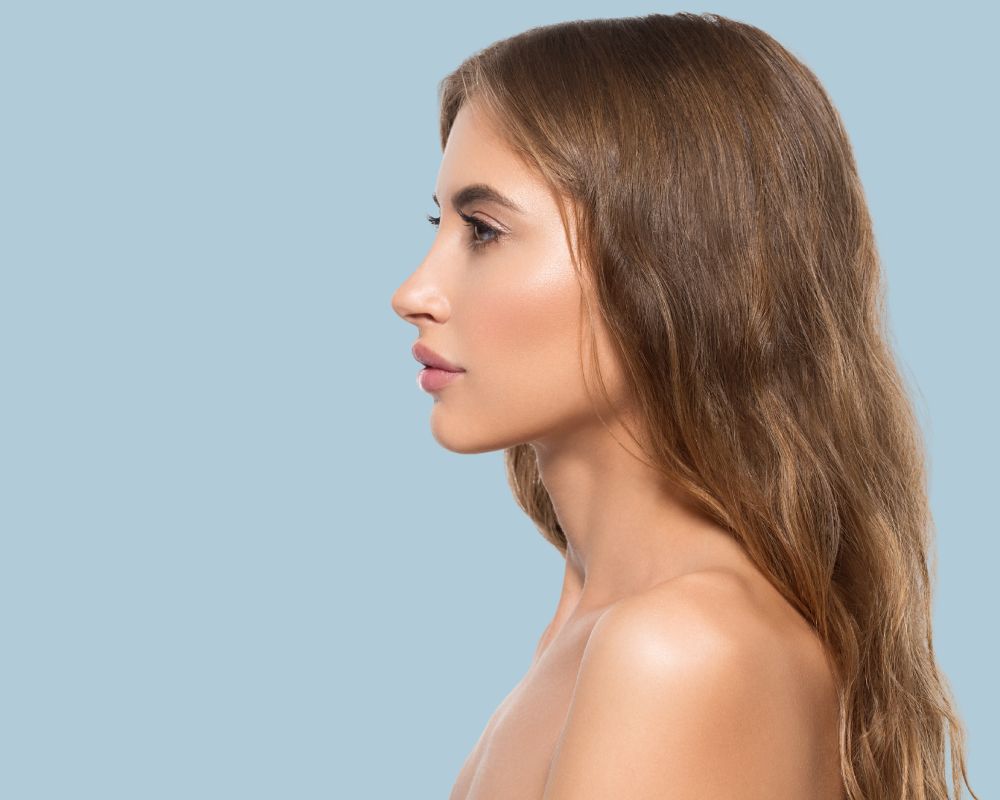Rhinoplasty: Achieve a Natural and Aesthetic Look
Rhinoplasty, commonly known as nose surgery, is a procedure performed for both aesthetic and functional reasons. This operation reshapes the nose to improve facial harmony and can also correct breathing issues.
At our clinic, rhinoplasty is approached as an art requiring precision and expertise. Our goal is to achieve natural, harmonious results that complement your facial features.
Why is Rhinoplasty Performed?
Rhinoplasty is chosen for various cosmetic and health-related reasons:
- Aesthetic Concerns: Reducing or increasing the size of the nose, correcting humps or asymmetry, and refining the nasal tip.
- Breathing Problems: Fixing deviated septum, nasal congestion, or sinus issues.
- Trauma and Injuries: Repairing broken nasal bones or deformities caused by accidents.
- Congenital Defects: Correcting birth-related nasal deformities.
Types of Rhinoplasty
- Aesthetic Rhinoplasty (Nose Reshaping)
A procedure to enhance the external shape and size of the nose, ensuring better harmony with facial features.
- Goal: Remove nasal humps, lift or narrow the nasal tip.
- Functional Rhinoplasty (For Breathing Issues)
A surgical procedure aimed at improving breathing by correcting internal nasal structures.
- Goal: Fix septal deviation (septoplasty) or reduce enlarged turbinates to open the airways.
- Revision Rhinoplasty
A secondary operation performed on patients who have previously undergone rhinoplasty but did not achieve the desired results.
- Goal: Correct complications or make minor adjustments to improve the nasal shape.
Rhinoplasty Procedure
- Consultation and Planning
- Aesthetic goals and health concerns are discussed with the patient.
- A digital preview of the expected results is provided based on the patient’s facial structure.
- Surgical Process
- The procedure is performed under general anesthesia.
- Two main techniques can be used:
- Closed Rhinoplasty: Incisions are made inside the nose, leaving no visible scars.
- Open Rhinoplasty: A small incision is made at the base of the nose, allowing for more complex adjustments.
- Recovery Process
- Swelling and bruising may occur in the first few days.
- Full healing and the final shape of the nose may take 6 to 12 months to fully develop.
Post-Operative Care for Rhinoplasty
- First Week: Rest with your head elevated and avoid touching or bumping your nose.
- First Month: Avoid wearing glasses, heavy exercise, and swimming.
- Long-Term: Protect your skin from the sun and keep it moisturized to support healing.
Benefits of Rhinoplasty
- Enhanced Facial Aesthetics: A nose that complements your facial features.
- Boost in Confidence: Increased satisfaction with your appearance.
- Improved Breathing: Relief from nasal congestion and breathing difficulties.
Who is a Good Candidate for Rhinoplasty?
- Individuals over the age of 18 whose facial growth is complete.
- People with aesthetic concerns or breathing issues.
- Patients in good overall health who are suitable for surgery.
Frequently Asked Questions
- Will My Nose Look Natural After Surgery?
Yes, our goal is to achieve a natural look that aligns with your facial features. - Is Rhinoplasty Painful?
There may be mild discomfort after surgery, but pain is minimal and manageable with medication. - When Will I See the Final Results?
While initial results are visible within 3 months, full healing can take 6 to 12 months.
Take the First Step Toward Your Dream Look!
With rhinoplasty, you can enhance both your health and aesthetic appearance. For natural, long-lasting results, contact our expert team today.
Schedule Your Consultation Now!




